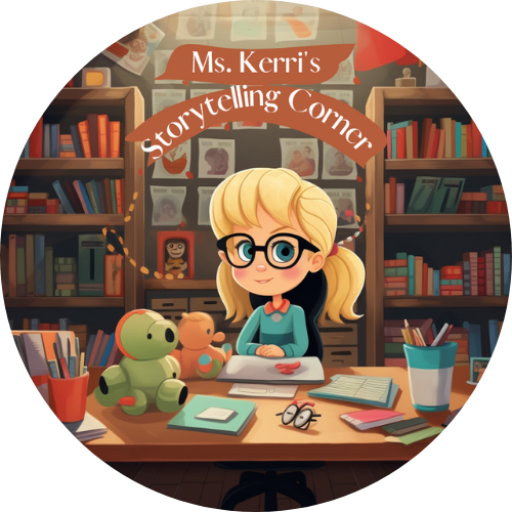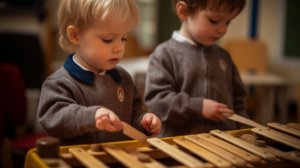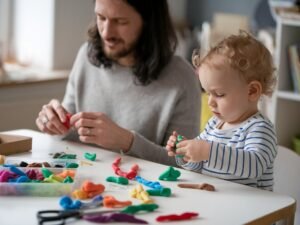Mindfulness exercises for preschoolers can make a big difference in their emotional well-being and ability to focus. These exercises help young kids learn to stay calm, understand their feelings, and engage with the world around them. By introducing simple and fun mindfulness activities, teachers and parents can support preschoolers in developing essential skills that will benefit them throughout their lives.
Key Takeaways
- Mindfulness helps preschoolers manage their emotions and stress effectively.
- Simple activities like breathing exercises can improve focus and attention in young children.
- Engaging the senses through play fosters a deeper connection to the present moment.
- Group exercises promote social skills and teamwork among preschoolers.
- Incorporating mindfulness into daily routines can enhance overall well-being for kids.
Understanding Preschool Mindfulness Exercises

What Is Mindfulness?
Okay, so what is mindfulness anyway? It’s not some weird, complicated thing. Basically, it’s about paying attention to what’s happening right now, without judging it. Think of it like this: you’re eating a cookie, and instead of just scarfing it down, you really notice the taste, the smell, the way it feels in your hand. That’s mindfulness in action. It’s about being present, in the moment, instead of getting caught up in worries about the future or regrets about the past. It’s a skill, and like any skill, it takes practice. For preschoolers, it’s all about making it fun and engaging, so they don’t even realize they’re learning something important.
Why Mindfulness Matters for Preschoolers
Preschoolers? Mindfulness? Sounds a little crazy, right? But hear me out. These little humans are dealing with big emotions, new experiences, and a whole lot of learning, all at once. Mindfulness can give them tools to handle all of that. It’s like giving them a little emotional toolkit. They can learn to calm down when they’re upset, focus when they’re distracted, and be more aware of their feelings. And the cool thing is, their brains are super flexible at this age, so they can benefit in their current development from mindfulness more easily than adults. It’s setting them up for success later in life, too.
Key Principles of Mindfulness
So, what are the key things to keep in mind when teaching mindfulness to preschoolers? It’s not about forcing them to sit still and meditate for hours. It’s about making it age-appropriate and fun. Here are a few principles:
- Keep it short and sweet: Preschoolers have short attention spans, so mindfulness activities should be brief.
- Make it playful: Use games, songs, and stories to engage them.
- Focus on the senses: Encourage them to notice what they see, hear, smell, taste, and touch.
- Be patient: It takes time and practice to develop mindfulness skills.
Mindfulness isn’t about perfection; it’s about progress. It’s about teaching kids to be kind to themselves and to accept their feelings, whatever they may be. It’s about creating a safe space for them to explore their inner world and develop a sense of self-awareness. It’s about giving them the tools they need to navigate the ups and downs of life with grace and resilience. It’s about teaching them to stay calm during stressful moments and to find joy in the simple things. It’s a gift that will keep on giving for years to come.
Benefits of Mindfulness for Young Children

Mindfulness offers a bunch of cool perks for young kids. It’s not just some trendy thing; it can really help them grow and develop in healthy ways. Let’s look at some specific areas where mindfulness can make a difference.
Emotional Regulation
Mindfulness can be a game-changer for kids learning to handle their feelings. It helps them become aware of what they’re feeling without getting totally overwhelmed. Instead of reacting impulsively, they can pause, notice their emotions, and choose a more thoughtful response. Think of it like giving them a little emotional toolkit. For example, a child who gets easily frustrated during playtime might learn to recognize the feeling of frustration building up and use a mindful breathing technique to calm down before things escalate. This skill is super important for building resilience and healthy relationships.
Improved Focus and Attention
In today’s world, with so many distractions, it’s tough for anyone to stay focused, especially young children. Mindfulness exercises can help train their brains to pay attention and filter out distractions. Regular practice can lead to better concentration in the classroom and during activities. It’s like giving their attention muscles a workout!
Mindfulness isn’t about emptying the mind; it’s about noticing where your attention is and gently guiding it back to the present moment. This skill is invaluable for kids as they navigate school, friendships, and all the other challenges of growing up.
Enhanced Social Skills
Mindfulness isn’t just about individual well-being; it can also boost social skills. When kids are more aware of their own emotions and thoughts, they’re also better able to understand and empathize with others. This can lead to improved communication, cooperation, and conflict resolution skills. Imagine a group of preschoolers working together on a building project. If one child gets upset because their tower falls down, a mindful child might be more likely to offer support and help rebuild, rather than getting angry or dismissive. Here are some ways mindfulness can help:
- Increased empathy
- Better communication
- Improved cooperation
- Reduced aggression
Engaging Mindfulness Activities for Preschoolers
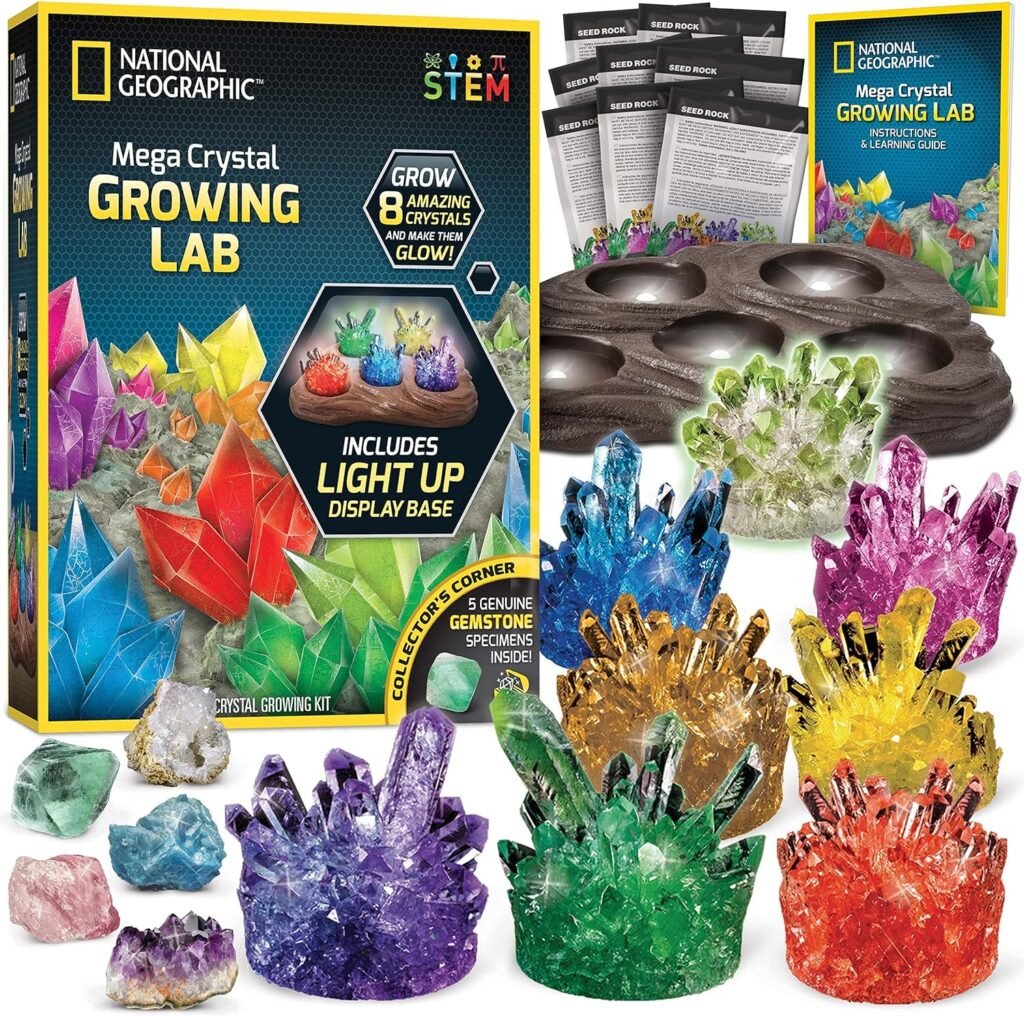
It can be tricky to get preschoolers to focus, but mindfulness activities can really help! The key is to make it fun and engaging so they don’t even realize they’re learning to be more mindful. These activities are designed to capture their attention and introduce them to the concept of being present in the moment.
Mindful Breathing Techniques
Breathing exercises don’t have to be boring! Try “belly breaths” where kids imagine they have a balloon in their tummy that they’re filling up with air. You can also use pinwheels or bubbles to make it more interactive. Have them focus on the sensation of the air moving in and out of their bodies. It’s a simple way to teach them how to calm down when they’re feeling overwhelmed.
Sensory Exploration Exercises
Preschoolers love to explore with their senses! Create a sensory bin with different textures like sand, water beads, or even cooked pasta. Encourage them to describe what they feel, smell, and even hear. Another idea is a “listening walk” where you go outside and pay attention to all the different sounds around you – birds chirping, cars driving by, leaves rustling. This helps them become more aware of their surroundings and appreciate the little things.
Creative Expression Through Art
Art is a fantastic way for kids to express themselves and practice mindfulness at the same time. Provide them with different art supplies like crayons, paint, or playdough, and let them create whatever comes to mind. Encourage them to focus on the colors, textures, and the feeling of the materials in their hands. There’s no right or wrong way to do it – it’s all about being present in the moment and enjoying the process.
Mindfulness isn’t about emptying your mind, it’s about paying attention to what’s there without judgment. For preschoolers, this might mean noticing the way their breath feels or the colors they see when they close their eyes. It’s about creating space for them to connect with themselves and the world around them in a more meaningful way.
Group Mindfulness Exercises for Classrooms

Classrooms are great places to introduce mindfulness to preschoolers. Group activities can help kids learn together and support each other as they explore these new skills. It’s all about creating a calm and focused environment where everyone feels comfortable participating. Let’s explore some fun and effective group mindfulness exercises.
Feelings Circle Activity
This activity involves gathering the children in a circle and encouraging them to share how they are feeling. The key is to create a safe and non-judgmental space where kids can express their emotions freely. You can use emotion cards or puppets to help them identify and articulate their feelings. For example, you might ask, “How is your heart feeling today?” or “What color is your mood right now?” This helps children develop emotional literacy and empathy for others. It’s a simple way to check in with everyone and promote a sense of connection.
Mindful Movement Games
Movement is a natural part of a preschooler’s day, so why not incorporate mindfulness into it? Games like “Red Light, Green Light” can be adapted to focus on mindful listening and impulse control. Instead of just stopping and starting, encourage the children to notice how their bodies feel when they move and when they are still. You can also try yoga poses for kids, focusing on breathing and body awareness. These games help children develop focus and self-regulation while having fun. Consider these options:
- Animal walks (walking like a bear, hopping like a frog)
- Freeze dance (pausing and noticing the body)
- Simon Says (listening carefully and following instructions)
Collaborative Breathing Practices
Breathing exercises are a cornerstone of mindfulness, and they can be especially powerful when done as a group. One simple technique is “Belly Breathing,” where children lie on their backs and place a small toy on their bellies. As they breathe in, they watch the toy rise, and as they breathe out, they watch it fall. This helps them visualize their breath and focus on the present moment. Another fun activity is using a pinwheel breathing to show them how. You can also try “Rainbow Breathing,” where children imagine breathing in a color of the rainbow and exhaling any stress or tension. These practices promote relaxation and a sense of calm within the group.
Creating a consistent routine of group mindfulness exercises can have a lasting impact on preschoolers’ emotional and social development. It’s about teaching them valuable skills that they can use throughout their lives to manage stress, improve focus, and build stronger relationships.
Incorporating Mindfulness into Daily Routines

It’s easy to think of mindfulness as something separate, like a special activity you do for 15 minutes and then forget about. But the real power of mindfulness comes when you weave it into the fabric of your everyday life. For preschoolers, this means finding simple ways to bring awareness and calm into their regular routines. This helps them develop a consistent practice and experience the benefits throughout the day.
Mindful Transitions Between Activities
Transitions can be tough for little ones. Moving from playtime to cleanup, or from story time to lunch, can often lead to meltdowns. Instead of rushing through these moments, try incorporating a simple mindfulness exercise. For example:
- Ring a chime or bell and ask the children to listen until the sound fades away completely. This helps them focus their attention and calm their minds.
- Have them take three deep breaths together before moving on to the next activity. You can even make it fun by pretending to smell a flower and blow out a candle.
- Use a visual timer and encourage them to observe the sand or light as it counts down, focusing on the present moment. This can be a great way to practice mindful transitions.
Mindful Snack Time
Snack time is a perfect opportunity to practice mindful eating. Instead of mindlessly munching, encourage children to pay attention to what they’re eating. Here’s how:
- Ask them to describe the color, shape, and texture of their snack.
- Have them take a small bite and notice the flavors and smells.
- Encourage them to chew slowly and deliberately, paying attention to how the food feels in their mouth.
By slowing down and focusing on the experience of eating, children can develop a greater appreciation for their food and learn to eat more mindfully. This can also help them regulate their eating habits and prevent overeating.
Quiet Reflection Moments
Even just a few minutes of quiet reflection can make a big difference in a preschooler’s day. These moments don’t have to be structured or formal. They can simply be opportunities for children to pause, breathe, and connect with themselves. Some ideas include:
- Creating a “calm-down corner” in the classroom or at home, where children can go when they need a break. This space should be comfortable and inviting, with soft pillows, blankets, and calming toys.
- Reading a short, simple story about mindfulness or nature. Afterwards, ask the children to close their eyes and imagine the scenes from the story.
- Playing soft, calming music and encouraging the children to lie down and relax. You can guide them through a simple body scan, asking them to notice how each part of their body feels. Regular practice is key to success.
Creative Mindfulness Techniques
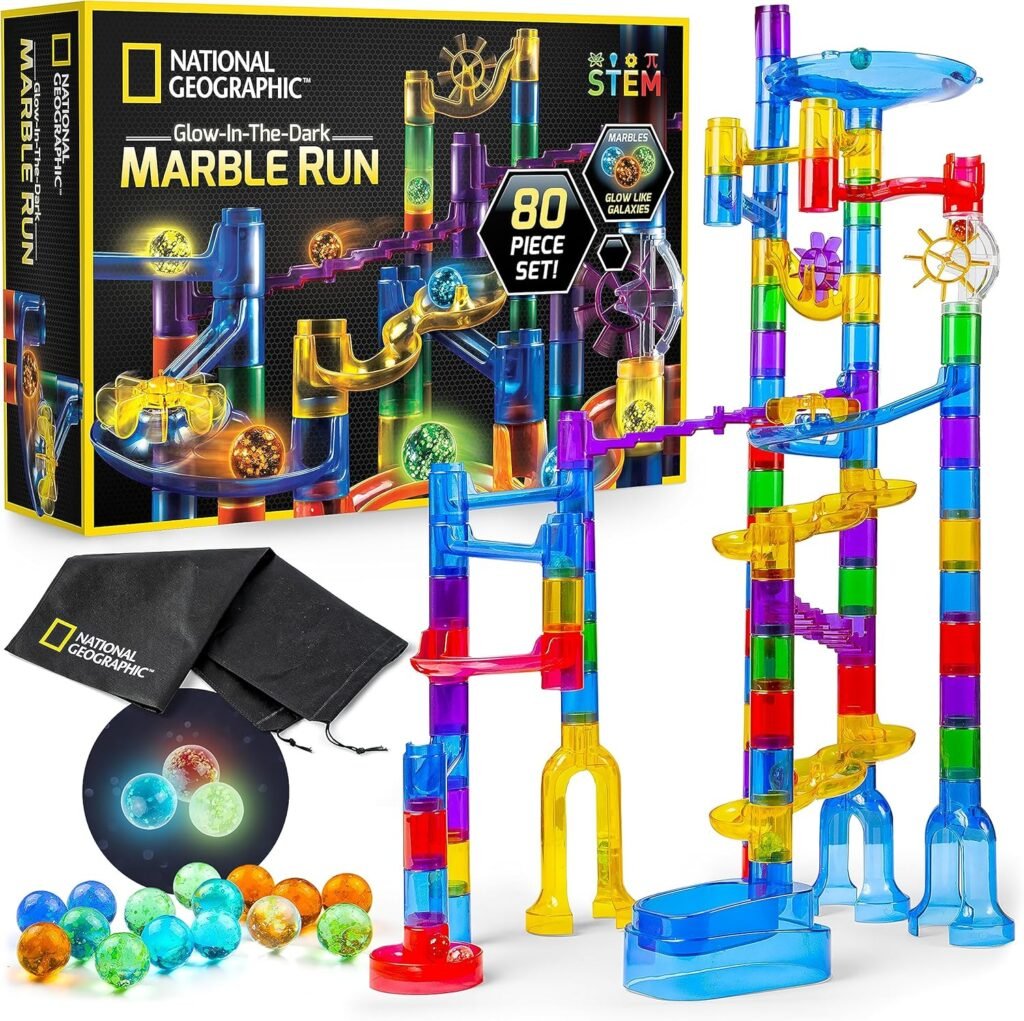
Mindful Coloring Activities
Coloring isn’t just for keeping little hands busy; it’s a fantastic way to introduce mindfulness. The repetitive motion and focus on color and form can be incredibly calming. Provide preschoolers with coloring pages featuring mandalas or nature scenes. Encourage them to pay attention to the colors they choose, the pressure they apply to the crayon, and how the texture of the paper feels. It’s less about the finished product and more about the process of being present. You can even play soft, instrumental music to further enhance the experience.
Nature Walks for Mindfulness
Getting outdoors is a natural mood booster, and turning a simple walk into a mindful exploration can amplify the benefits. Before you head out, talk to the children about using their senses. What do they see? What do they hear? What do they smell? Encourage them to notice the small details – the way the sunlight filters through the leaves, the sound of birds chirping, or the scent of pine needles.
Here are some things to try:
- Sensory Scavenger Hunt: Create a list of things for them to find using their senses (something smooth, something rough, something green, something that smells sweet).
- Silent Walk: Dedicate a portion of the walk to complete silence, encouraging the children to focus solely on the sounds of nature.
- Nature Art: Collect leaves, twigs, and stones to create a collaborative nature collage when you return.
Taking a moment to appreciate the natural world can be a powerful way to ground children in the present moment and cultivate a sense of calm.
Storytelling with a Mindful Twist
Storytelling is a great way to engage preschoolers, and you can easily incorporate mindfulness into this activity. Instead of just reading a story, pause at key moments and ask the children how the characters might be feeling. Encourage them to imagine themselves in the character’s shoes and explore their own emotions. You can also create stories together, focusing on themes of kindness, gratitude, and positive affirmations. For example, you could start a story with “Once upon a time, there was a little bear who felt very sad…” and then ask the children how the bear could feel better. This not only promotes emotional awareness but also encourages creative thinking and empathy.
Simple Mindfulness Tools for Teachers
Teaching mindfulness to preschoolers doesn’t require a ton of fancy equipment or complicated lesson plans. It’s more about creating a mindful environment and using simple tools consistently. Here are some ideas to help you get started:
Mindfulness Apps for Kids
There are some great mindfulness apps designed specifically for young children. These apps often include guided meditations, breathing exercises, and relaxing sounds. They can be a super easy way to introduce mindfulness in the classroom, especially during transition times or as a calming activity before nap time. Just make sure you preview the app first to ensure it’s age-appropriate and aligns with your teaching style. mindfulness apps can be a great resource.
Visual Aids for Mindfulness
Visual aids can be incredibly helpful for young children who are still developing their understanding of abstract concepts. Consider using:
- Breathing boards: These boards have a path that children can trace with their finger as they take deep breaths. It provides a tactile and visual cue to help them slow down and focus on their breath.
- Emotion cards: These cards depict different emotions through facial expressions. Use them to help children identify and name their feelings.
- Glitter jars: Fill a jar with water, glitter glue, and loose glitter. When shaken, the glitter swirls around, representing chaotic thoughts. As the glitter settles, it visually demonstrates how thoughts can calm down with mindfulness.
Mindfulness Journals for Preschoolers
While traditional journaling might be too advanced for preschoolers, you can adapt the concept using drawing or simple prompts. Provide each child with a notebook or a few sheets of paper each week. You can then:
- Ask them to draw how they are feeling.
- Have them draw something they are grateful for.
- Encourage them to draw a picture of a peaceful place.
Remember, the goal isn’t to create perfect journal entries, but to provide children with a space to express themselves and reflect on their experiences. It’s a great way to encourage self-awareness and emotional regulation.
Consistency is key when introducing mindfulness. Even short, regular practices can make a big difference in helping preschoolers develop calm and focus.

Wrapping It Up
In the end, introducing mindfulness to preschoolers can really make a difference in their daily lives. These exercises are not just about calming down; they help kids focus better and understand their feelings. Plus, they can learn to handle stress in a healthier way. The activities we talked about are simple and fun, making it easier for little ones to get involved. So, whether it’s through breathing games or sensory activities, every little bit helps. By making mindfulness a part of their routine, we’re giving them tools that can last a lifetime.
Frequently Asked Questions
What is mindfulness for preschoolers?
Mindfulness for preschoolers means helping young children pay attention to the present moment. It involves simple activities that teach them to be aware of their feelings, thoughts, and surroundings.
Why is mindfulness important for young kids?
Mindfulness is important for young kids because it helps them manage their emotions, stay calm, and focus better. It can also reduce stress and improve their social skills.
What are some fun mindfulness activities for preschoolers?
Some fun mindfulness activities for preschoolers include mindful breathing exercises, sensory exploration with different textures, and creative art projects like coloring.
How can teachers incorporate mindfulness in the classroom?
Teachers can incorporate mindfulness in the classroom by leading group activities like feelings circles, mindful movement games, and quiet reflection moments after lessons.
Can mindfulness help with emotional regulation in children?
Yes, mindfulness can help children learn to recognize and manage their emotions better. This can lead to improved emotional regulation and less impulsive behavior.
Are there tools for teaching mindfulness to preschoolers?
Yes, there are many tools for teaching mindfulness to preschoolers, such as mindfulness apps designed for kids, visual aids like posters, and simple mindfulness journals.


Ms. Kerri’s Corner provides a exciting virtual space for preschool learning. Through a variety of engaging activities, she exposes young minds to early math, literacy, science and social-emotional skills in a developmentally appropriate way. Centers for blocks, art, books and music allow children to explore hands-on learning at their own pace. Guided lessons subtly introduce number sense, letter sounds and narrative thinking. Careful observation gives insight into each child’s progress across domains. Viewers are also invited to participate, reinforcing that their ideas are valued. By making learning fun yet purposeful, Ms. Kerri lays the groundwork for future academic success while fostering creativity and imagination. Her program offers preschoolers valuable screen-based learning experiences.
